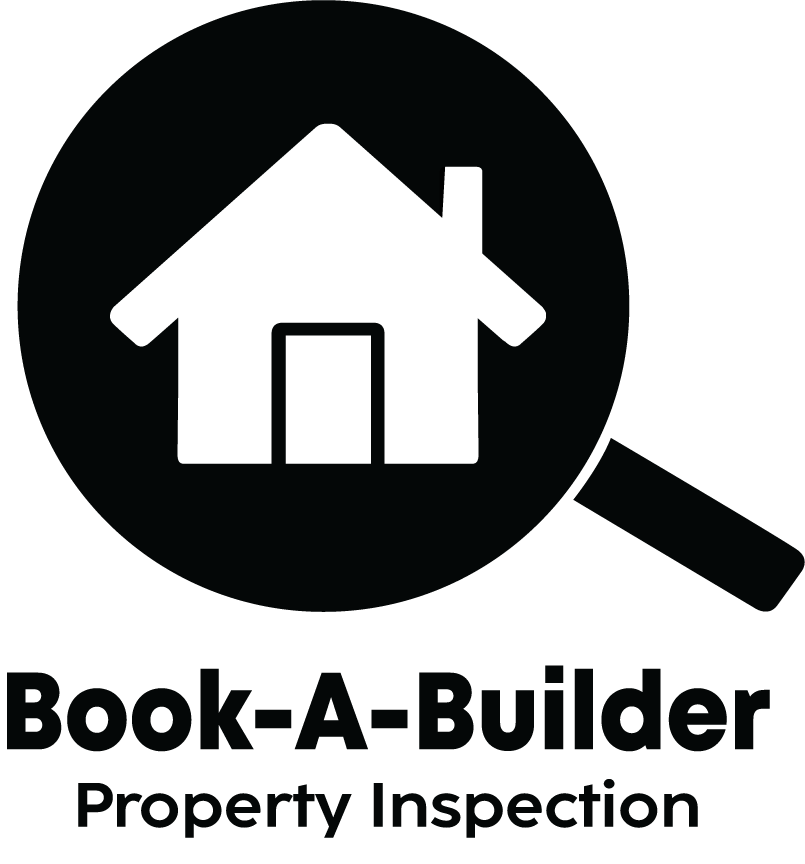
Trotec moisture readings NZ
- Alex Willis
- Oct 17
- 2 min read
Understanding Trotec Moisture Meter Readings in Your Building Report
When you open your property inspection report, you may notice photos of a handheld device pressed against walls with a digital number on the screen. This device is a Trotec non-invasive moisture meter, and those photos are included to give you confidence in what was tested and how the results looked on site.
But what do those numbers actually mean? Let’s break it down.
---
What the Trotec Moisture Meter Does
The Trotec meter is a non-invasive tool – that means it can check for moisture hidden within walls, ceilings, or floors without causing any damage. Instead of drilling holes or inserting pins, it scans just below the surface (up to around 40mm deep) using safe electronic signals.
This makes it perfect for inspections in lived-in homes, where you don’t want unnecessary marks left behind.
---
Why the Readings Are Shown in Photos
During an inspection, I’ll often include photos of the meter screen while it’s placed on different walls. This is to:
Show a baseline (dry) reading – usually from an internal wall that’s well away from water sources or weather. This acts as the “benchmark” for what normal looks like in that home.
Compare suspect areas – for example, under a window, beside a shower, or near an exterior wall. If the number jumps significantly compared to the baseline, that tells us there may be higher moisture in that area.
Give you transparency – you can see the actual reading I saw on site, rather than just a note in writing.
---
What the Numbers Mean
Unlike some pin-type meters that display “% moisture content,” the Trotec meter gives a relative scale (digits, not percentages).
Here’s a simple way to understand it:
Baseline / Normal Range – readings taken from a dry, internal wall are what we use to compare everything else.
Slightly Elevated – if a reading is 30–40 digits higher than the baseline, it suggests a possible area of dampness worth monitoring.
Clearly Elevated – 50+ digits above baseline can indicate a moisture issue that may need further checking.
Very High – a big jump (80+ digits above baseline) often signals a likely leak, water ingress, or hidden damage that requires attention.
Because every building material is different, the numbers are not absolute percentages. Instead, they are a way to spot patterns and compare one area against another in the same property.
---
How This Helps You as a Buyer or Owner
Photos of meter readings in your report aren’t just technical filler — they are evidence of the inspection process. They:
Provide a visual record of where and how moisture was checked.
Make the findings easier to understand when you can see the meter in place.
Show you which areas are normal and which may need repairs, further invasive testing, or ongoing monitoring.
---
Key Takeaway
When you see photos of Trotec moisture meter readings in your report, remember:
They’re a snapshot of the inspector’s findings on site.
The numbers show relative levels of moisture, not an exact percentage.
They’re an important tool for spotting hidden dampness early — before it becomes a bigger (and more expensive) problem.



Comments